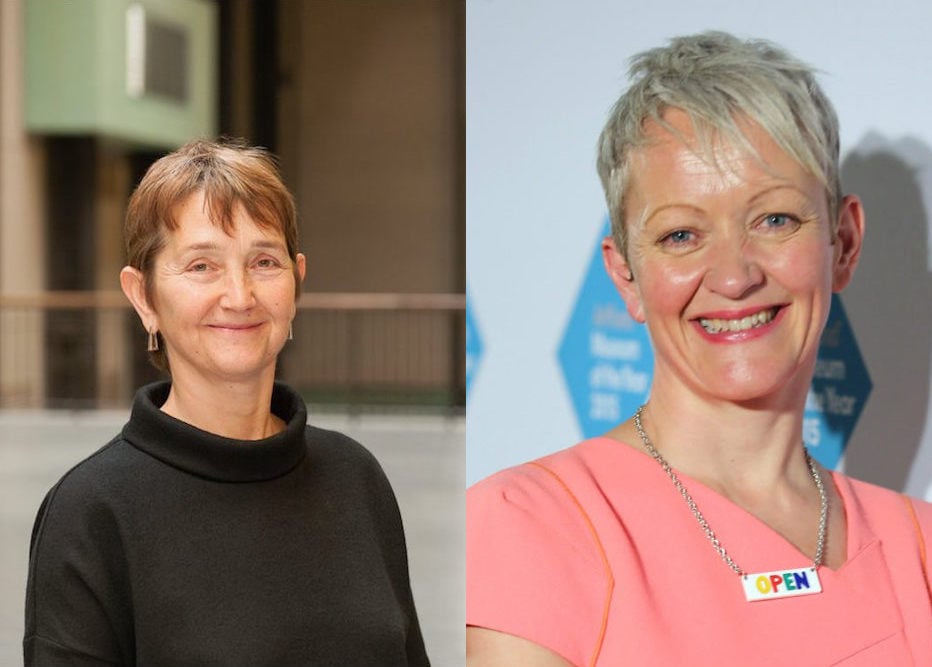Art World
Mind the Pay Gap? Tate Denies Reports That It’s Paying Female Directors Less
A report suggests recently appointed female directors make less than their male predecessors, but the institution says it's all about experience.

A report suggests recently appointed female directors make less than their male predecessors, but the institution says it's all about experience.

Henri Neuendorf

London’s Tate has been accused of perpetuating gender pay inequality after recently published figures revealed that the institution’s two female leaders—the directors of Tate and Tate Modern—are earning less than their male predecessors. But the Tate says the isolated figures don’t tell the whole story.
Maria Balshaw, the Tate’s first-ever female director, replaced Nicholas Serota in June, while Frances Morris replaced Chris Dercon at the helm of the Tate Modern in January 2016.
According to figures published by the Times, Tate director Balshaw earns an annual salary of £165,000 ($222,000), up to £15,000 ($20,000) less than her predecessor made at the end of his 29-year tenure.
Similarly, the Times reported that Tate Modern head Frances Morris earns between £110,000–115,000 ($148,000–155,000). Dercon, her predecessor, earned between £125,000–130,000 ($168,000–175,000) at the end of his six years in charge of the museum.
A Tate representative disputed one of the Times‘s figures, telling artnet News that Morris’s salary is currently “on the same level as Chris Dercon’s was when he left.”
The representative added that salaries are commensurate with experience and that all managerial wages over £142,500 ($192,000) must be approved by the British Ministry of Culture, Media, and Sport, as well as the Treasury.
“Tate’s gender pay gap report, which will be published soon, shows that the average salary overall at the Tate is slightly higher for women than men,” the representative said. “When starting a new position, an employee is not paid the same amount as the final salary of the person who has left. This is because salaries reflect the level of experience and time spent in that role.”
When he stepped down to become chair of Arts Council England, Serota—one of the most prominent cultural figures in the UK—had led Tate for 29 years. Balshaw, who has been director of the UK institution for six months, was previously director of the Whitworth for 11 years and led the Manchester City Galleries for six years.
Frances Morris’s route to leadership was more homegrown; she worked as a curator at the Tate for 29 years. She has now been at the helm of Tate Modern for a year and a half.
The salary ranges confirm that even the most prominent museum leaders in the UK continue to make considerably less than their counterparts in the US, regardless of gender.
A survey published earlier this year by the Association of Art Museum Directors revealed that directors in the US, Canada, and Mexico make an average annual salary of $293,988. In cities like New York, where the cost of living is considerably higher (though not much different from London), major museum director salaries regularly exceed $600,000.